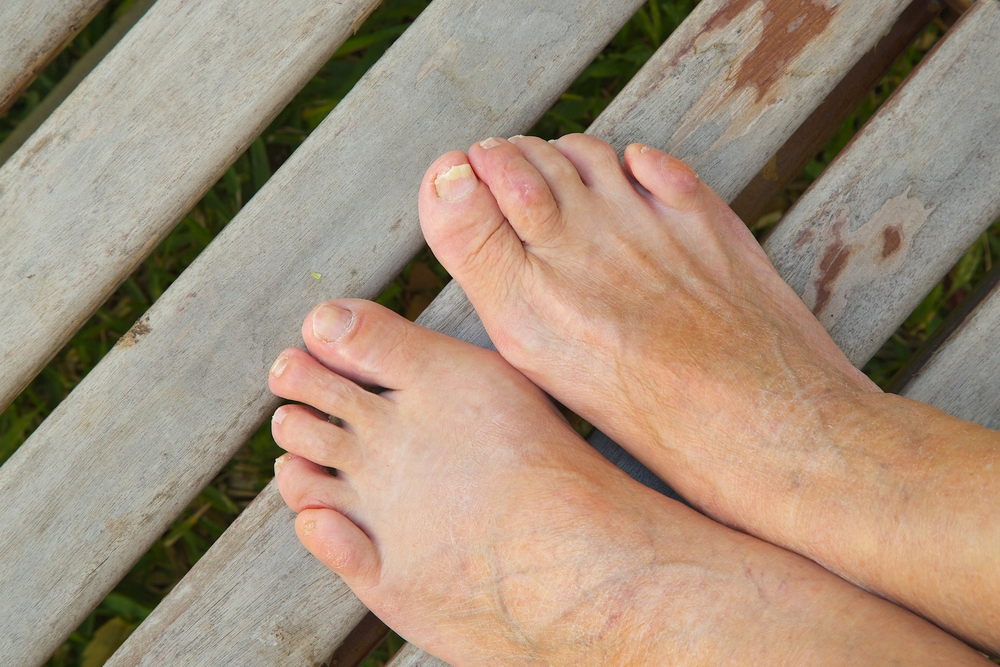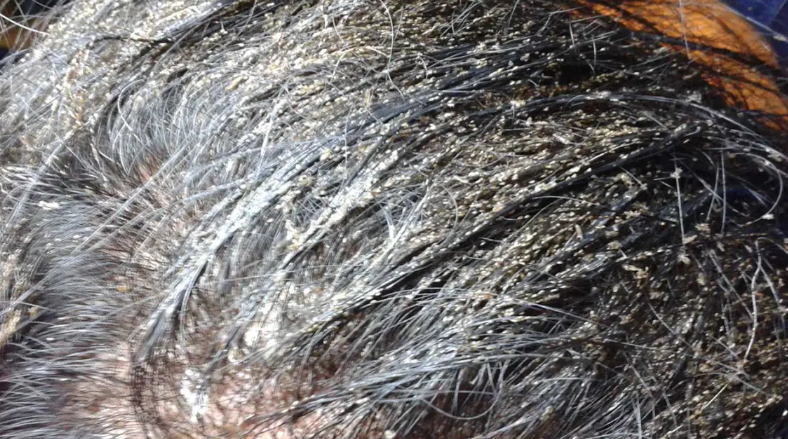A hammertoe develops when the middle joint of your toe bends down, resembling a hammer. It mostly affects the second toe but can also affect the third and fourth toes. Hammertoes Pico Robertson, Beverly Hills result from an imbalance in the structures surrounding your toe joint. Inappropriate footwear, poor foot posture, long toes, genetics, and certain medical conditions are common causes of hammertoes. A hammertoe may cause pain, difficulty walking, swelling, trouble straightening your toe, and a callus or corn may form on top of the middle joint of the affected toe. There are many treatments for hammertoes, and below are some.
Change your shoes
If your footwear causes your hammertoes, buying new shoes is a good option. Ensure you purchase shoes with a roomy toe box to comfortably accommodate your toes. A change of shoes can be effective if the affected toe is still flexible. Avoid narrow or pointy shoes that may worsen your condition. If your hammertoe is severe, your doctor may prescribe orthopedic shoes to promote comfort, cushion and support your foot and prevent further issues.
Toe exercises
Your podiatrist may recommend toe exercises to stretch and strengthen your toe muscles. If your toe is still flexible, regular exercise can correct your condition and prevent it from worsening. Extending then curling your toes, splaying your toes, and moving the affected toe can help avoid the contracture that leads to a hammertoe.
Splints
A splint is an orthotic device that you place in your shoe to help control imbalance in muscles or tendons. It can help reduce hammertoe symptoms or prevent the affected toe from worsening.
Pads and cushions
Over-the-counter cushions can hold your toes comfortably and minimize pressure on them. Callus or corn pads can also help relieve discomfort.
Surgery
Your doctor can recommend surgery if the joint of the affected toe becomes rigid and no longer moveable or non-surgical treatments do not relieve your symptoms. Your doctor may also recommend surgery if your hammertoe hinders you from doing daily duties. Surgery is often an outpatient procedure performed under local anesthesia. There are various surgical procedures for hammertoes depending on the extent of the damage. These procedures include:
Tendon lengthening
Tendon lengthening is suitable if your toe joint is still flexible. It involves your surgeon lengthening your toe tendons, causing joint imbalance.
Tendon transfer
Some people with flexible toe joints may also benefit from tendon transfer. The operation involves your surgeon transferring tendons from the bottom of your toe to the top to help pull the joint into a straight position.
Arthrodesis
Arthrodesis or joint fusion is beneficial if you have a rigid toe joint. Your surgeon may combine it with tendon lengthening. In this treatment, your surgeon removes a small part of a bone in your toe joint to ensure your toe can extend fully. The surgeon then inserts an external wire or pin and an internal pin to hold the bones in place while they fuse.
A hammertoe develops when the middle joint of your toe bends down, resembling a hammer. There are many treatments for hammertoes, including change of footwear, exercises, shoe pads and cushions, splints, and surgery. Schedule an appointment at Eazy Foot & Ankle for hammertoe treatment to resume your usual walking.



